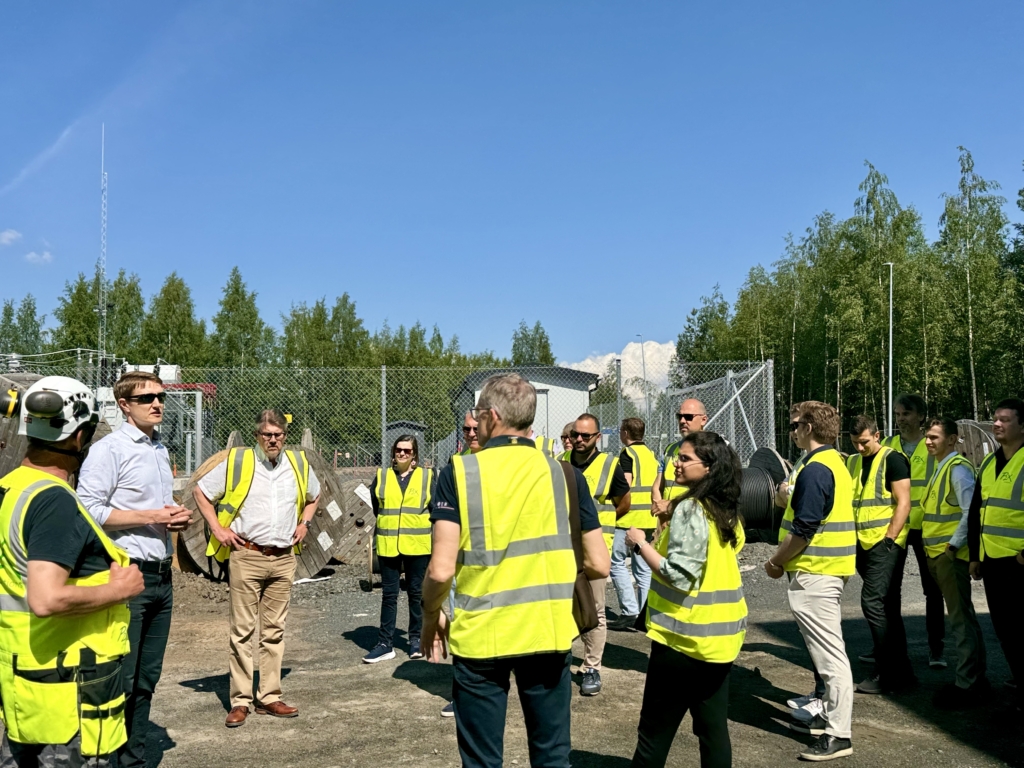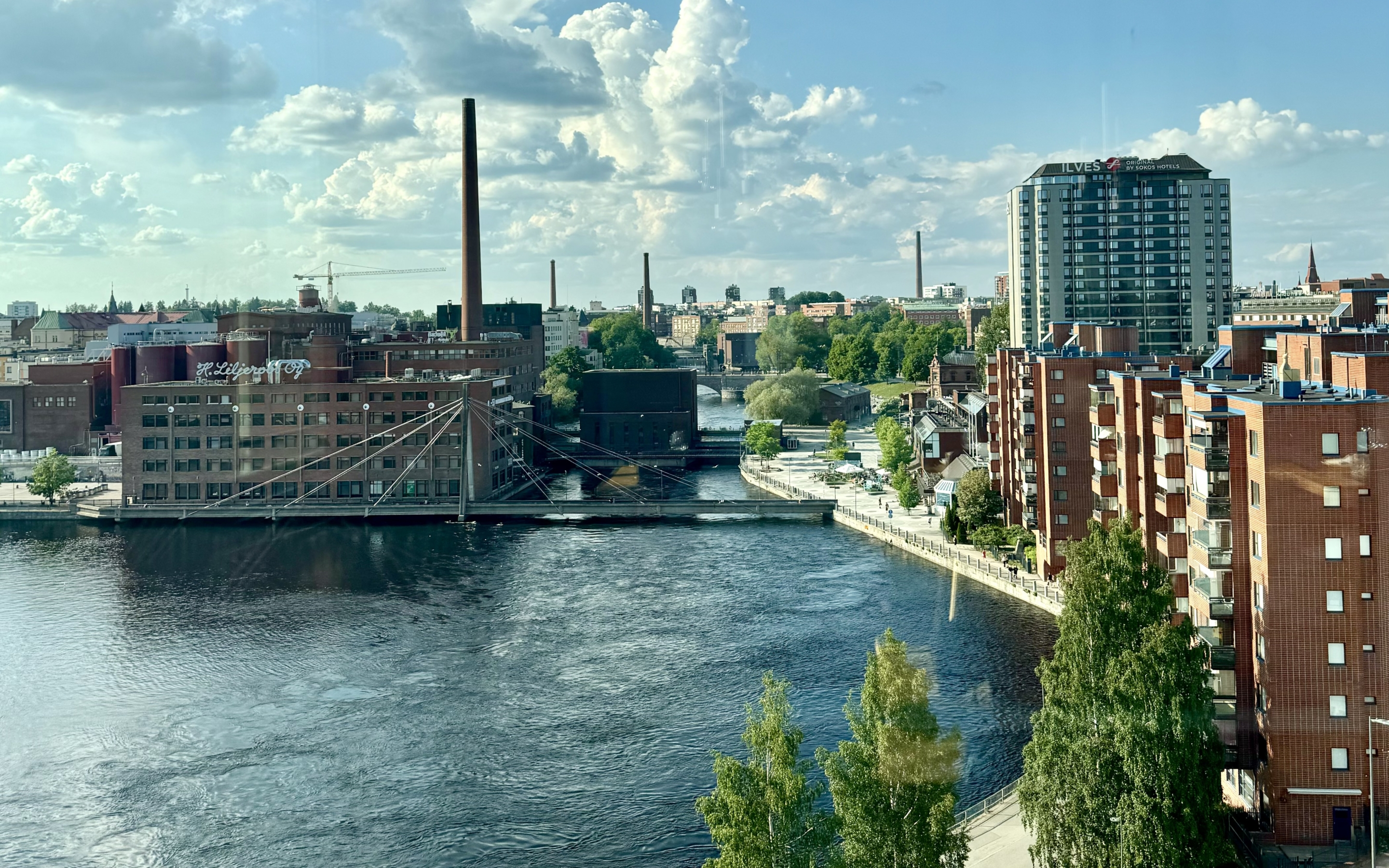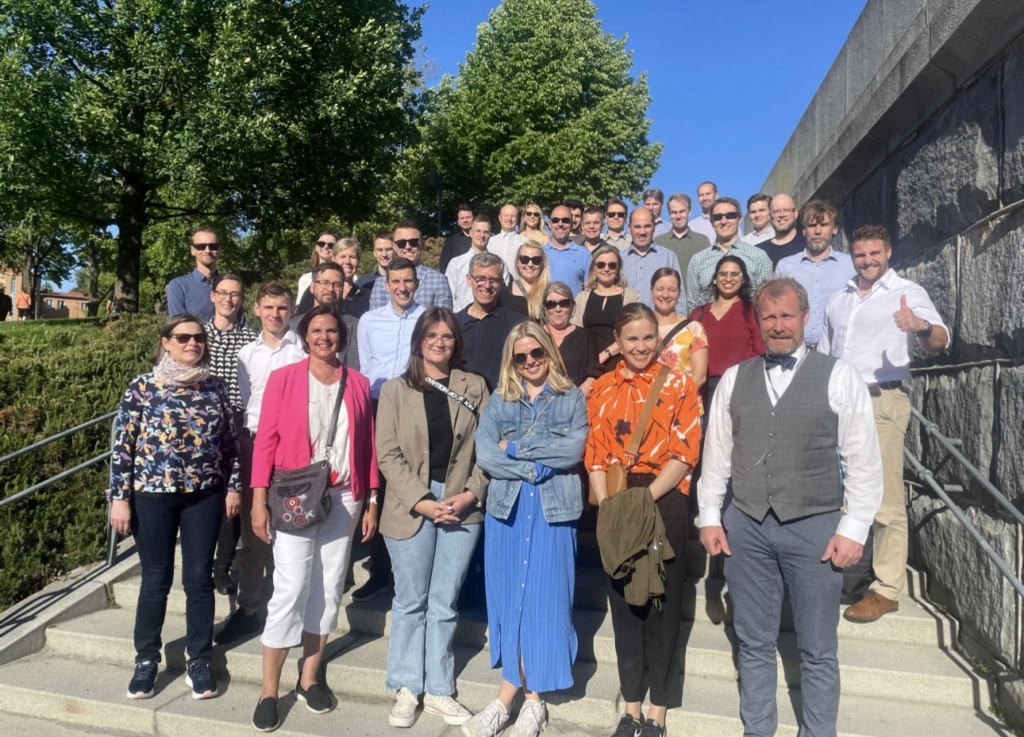Creating Europe’s First Large-Scale Cross-Border Hydrogen Valley: BalticSeaH2 Consortium Meets in Tampere

Energy Valley is a connected valley in BalticSeaH2, an ambitious EU project aimed at creating Europe’s first large-scale cross-border hydrogen valley. In early June, the impressive consortium of 40 partners from nine Baltic Sea area countries and various industries met in Tampere, Finland for the annual Consortium Meeting.
40 Partners from 9 Countries Meet in Tampere
Tampere, the third-largest city in Finland, is renowned for its rich industrial history and dynamic innovation landscape. Known as the “Manchester of Finland,” Tampere has transformed from a traditional manufacturing hub into a modern center for technology and education, making it an ideal location for the BalticSeaH2 gathering.

Energy Valley’s Role in BalticSeaH2
In BalticSeaH2, Energy Valley leads the Norway-specific Connected Valley activities and contributes to several work packages:
- WP2: Vision, social transformation, and engagement
- WP7: Driving impact creation and replication
- WP8: Communication, dissemination, and exploitation
Energy Valley’s Communication Advisor and EU Advisor participated in the Consortium Meeting, where they received updates on all the work packages. They engaged in interesting workshops with partners, discussing social acceptance of hydrogen projects, co-creating a market model, and planning key exploitation results.
Study Visit to P2X Solutions Oy’s Green Hydrogen Production Plant
A highlight of the trip was a study visit to P2X Solutions Oy’s green hydrogen production plant in Harjavalta. P2X Solutions is the forerunner of the Finnish hydrogen industry, and the Harjavalta plant, set to start producing hydrogen in a few months, will mark the opening of the Finnish hydrogen market.
The electrolysis capacity of the Harjavalta plant is 20 MW, producing green hydrogen using renewable electricity. The plant also includes methanation capacity for the production of renewable synthetic methane.

About the BalticSeaH2 Project
BalticSeaH2 is a project co-funded by EU and coordinated by CLIC Innovation and Gasgrid Finland. Focused on the main valley between southern Finland and Estonia, BalticSeaH2 aims to revolutionize the energy landscape, fostering self-sufficiency and minimizing carbon emissions across various industries. Successful outcomes from the main valley will be replicated in other regions of the project, including Norway, Sweden, Denmark, Latvia, Lithuania, Poland, and Northern Germany.
Through BalticSeaH2, over 20 demonstration cases and over 10 investment cases will showcase the diverse applications of hydrogen across multiple sectors, attracting a total investment of over 4 billion euros. By project completion, the production potential for hydrogen is set to reach 100 000 tonnes annually, enabling various industries involved in the project to utilize or sell hydrogen and its derivatives.

What is a hydrogen valley?
A hydrogen valley is a geographical area where various parts of the hydrogen value chain are concentrated, forming a local ecosystem of hydrogen production, distribution, and utilisation. Hydrogen can be transmitted as such, via a pipeline or a refuelling station, or processed further in the valley.
In a hydrogen valley, the distribution and utilisation value chains, as well as side streams like heat, have been considered beforehand to maximise sector integration and efficiency. BalticSeaH2 valley includes six industries: energy, transport, chemical, petro-chemical, refining, and fertilizer industry.


